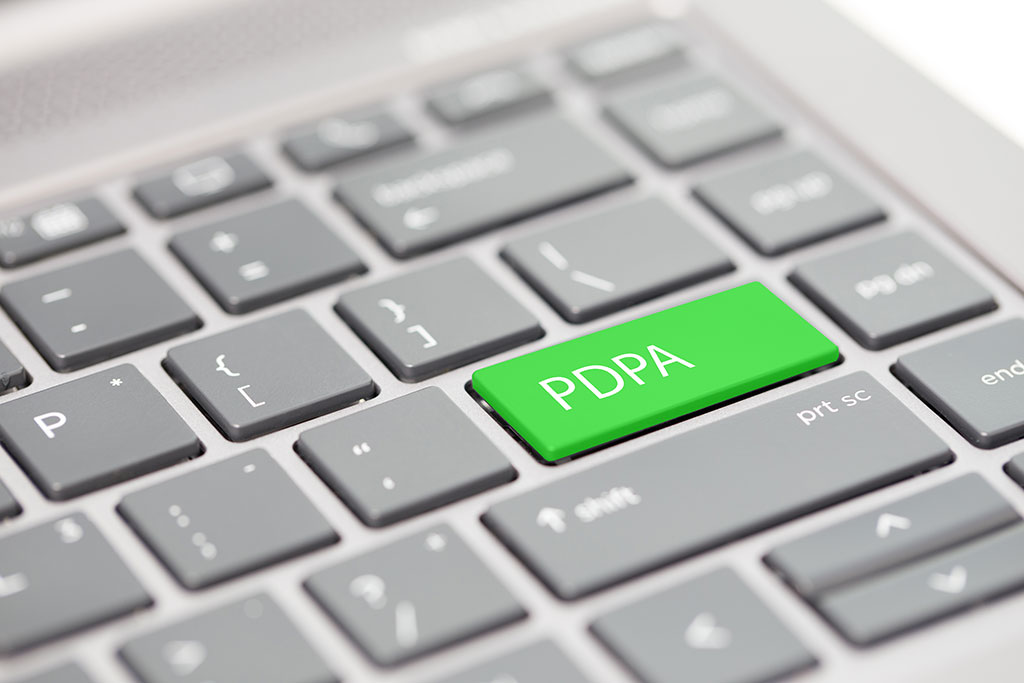- Call us
- +66 2 661 6522
- Sort by TH: A to Z
- Location TH: Bangkok
- type TH: Home
In times of crisis such as the one we are all enduring, with inflated prices stemming from a number of factors including the war in Ukraine, supply chain disruption, food shortages, energy inflation and post-pandemic recovery, businesses, especially small businesses are having to scramble to not make a profit, but merely keep things afloat.
Research suggests 40% of small businesses are likely to experience some sort of property or liability claims in the next 10 years. Dealing with claims can cause stress in enormity as needless lost time, huge expense and endless frustration. You don’t want to be in those situations do you? Here are a few information and tips that may help reduce the chances of having to go through such experiences.
According to studies, the top 5 common property claims are as follows:
- Burglary or Theft 20%
- Damage from wind or hail 15%
- Damage from water or freezing 10%
- Fire Damage 10%
- Customer Slip and Fall 10%
As can be seen below, the cost can add up and add up quickly. The top 5 most common claims in order of frequency are as follows:
- Reputational Harm
- Vehicle Accident
- Fire Damage
- Product Liability
- Customer Injury or Damage
Risk prevention is highly advocated and smart decisions could save businesses substantial amounts of money, time and headaches.
Burglary and Theft
One very common risk is the loss of property and money due to theft and robbery. We highly recommend all small businesses carrying out background checks instantly. This will allow the screening of potential candidates so that any prospects with red flags can be isolated efficiently. Given the access to modern technology, proceeding with this task should not be too difficult.
One very common risk is the loss of property and money due to theft and robbery. It is highly recommended that background checks for potential candidates are carried out as soon as possible. Any candidates with red flags can quickly be identified and isolated. Given how modern technology is relatively accessible, proceeding with this task should not be too difficult.
Installing reasonable devices in your property can also add a layer of protection for your organization. Not only does it allow the protection of your properties, but it also monitors any movements and suspicious activity. Investing up a notch on the security system can go a long way to protecting your company’s assets, aids in catching criminals and acts as a repulsive force for thieves.
Protect your reputation
Without question, the most expensive claim is regarding reputational harm. With such advancement in technology, companies should be extra careful and give its utmost importance in ensuring that their reputation remains intact.
1. Refrain from negative comments
It is highly recommended to avoid creating negative or defamatory comments, whether that is in print or digital. Reputational harm incidents generally lead to emotional distress and thus lawsuits often ensue.
2. Avoid untruthful statements
Whatever is said can be used against you, so it is vital that any advertisements or social media does not contain any untruthful statements. Falsely claiming something over your competitor or failing to publicly distinguish between truth and falsehood can lead to defamation lawsuits.
3. Educate employees about libel and slander
The perception of your business is often based on word of mouth, and nothing spreads faster than social media. Thus, employees who are involved in social media work must know what should and shouldn’t be said as they could run the risk of libel (written defamation) and slander (oral defamation).
It is integral that those involved in this area understand that expressing something that is not completely factual can have severe repercussions. One error from a single employee can affect the whole business, including other employees not involved in the case.
4. Monitor and moderate what other people write on your website
While engaging through comments and discussions can increase visibility and conversion rates, negativity cannot be controlled. Hence, monitoring these areas are crucial for a safe and respectful online community. A policy such as spam filters is highly advisable.
5. Be quick to fix any errors or negligence in your work
No one is perfect and people make mistakes. What matters most is how you respond to it. While it can affect the client and damage their reputation, it could result in a pricey litigation. Especially relevant to professional services, it is critical to quickly investigate the root of the issue and correct it. A public announcement can further soften the blow to demonstrate that every effort in fixing the problem has been made.
Zooming Out
As Warren Buffet once said, ‘It takes 20 years to build a reputation and five minutes to ruin it.” All your actions should portray this mindset if you are to minimize risks. After all, part of running a business is protecting from harm and liability. While reputational and theft may be considered the most common and expensive, to ensure that you are safe rather than sorry, other risks should also be taken into consideration such as product liability and property damage and liability.







